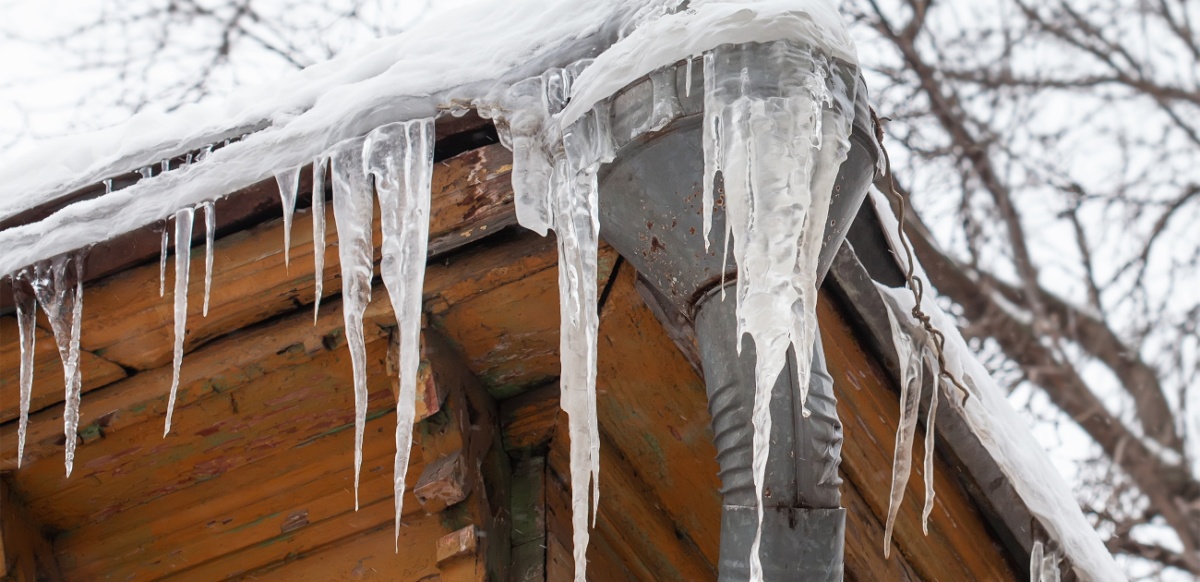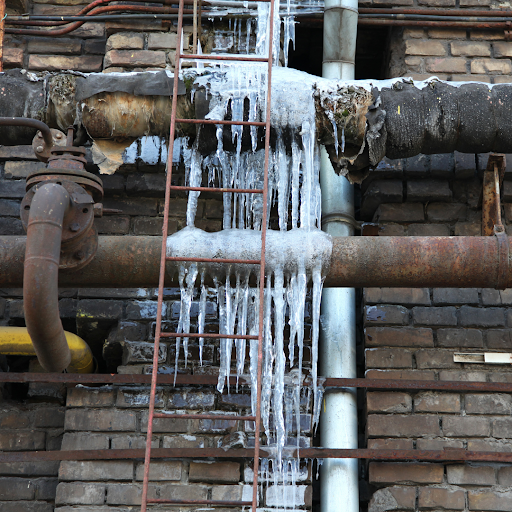Tips to Protect Your Plumbing from Freezing: Key Advice
Tips to Protect Your Plumbing from Freezing: Key Advice
Blog Article
How do you really feel on the subject of How to prepare your home plumbing for winter weather?

Winter can ruin your plumbing, especially by freezing pipelines. Below's how to avoid it from taking place and what to do if it does.
Intro
As temperature levels decline, the risk of icy pipes increases, potentially causing pricey fixings and water damages. Recognizing just how to stop frozen pipelines is critical for homeowners in cool environments.
Prevention Tips
Insulating at risk pipes
Wrap pipes in insulation sleeves or utilize heat tape to secure them from freezing temperatures. Concentrate on pipes in unheated or external locations of the home.
Heating methods
Keep indoor areas properly heated, specifically areas with pipes. Open up cupboard doors to permit cozy air to flow around pipes under sinks.
How to identify icy pipes
Try to find reduced water flow from taps, uncommon odors or noises from pipes, and noticeable frost on revealed pipelines.
Long-Term Solutions
Structural modifications
Take into consideration rerouting pipelines far from outside wall surfaces or unheated locations. Include extra insulation to attics, basements, and crawl spaces.
Upgrading insulation
Invest in top quality insulation for pipes, attic rooms, and wall surfaces. Appropriate insulation helps keep regular temperatures and decreases the risk of icy pipes.
Shielding Outside Plumbing
Yard hoses and exterior faucets
Separate and drain yard hoses prior to winter season. Set up frost-proof spigots or cover outdoor faucets with protected caps.
Recognizing Frozen Pipelines
What causes pipelines to freeze?
Pipelines ice up when subjected to temperature levels listed below 32 ° F (0 ° C) for extended durations. As water inside the pipelines freezes, it broadens, putting pressure on the pipe wall surfaces and possibly causing them to burst.
Threats and problems
Frozen pipes can cause water supply disruptions, residential property damages, and costly repair services. Burst pipes can flooding homes and trigger substantial structural damages.
Indications of Frozen Pipeline
Identifying icy pipes early can prevent them from rupturing.
What to Do If Your Pipes Freeze
Immediate activities to take
If you think icy pipes, maintain faucets open up to ease stress as the ice melts. Make use of a hairdryer or towels soaked in warm water to thaw pipes gradually.
Final thought
Protecting against frozen pipes calls for proactive procedures and fast responses. By comprehending the reasons, indicators, and preventive measures, property owners can secure their pipes throughout winter.
5 Ways to Prevent Frozen Pipes
Drain Outdoor Faucets and Disconnect Hoses
First, close the shut-off valve that controls the flow of water in the pipe to your outdoor faucet. Then, head outside to disconnect and drain your hose and open the outdoor faucet to allow the water to completely drain out of the line. Turn off the faucet when done. Finally, head back to the shut-off valve and drain the remaining water inside the pipe into a bucket or container. Additionally, if you have a home irrigation system, you should consider hiring an expert to clear the system of water each year.
Insulate Pipes
One of the best and most cost-effective methods for preventing frozen water pipes is to wrap your pipes with insulation. This is especially important for areas in your home that aren’t exposed to heat, such as an attic. We suggest using foam sleeves, which can typically be found at your local hardware store.
Keep Heat Running at 65
Your pipes are located inside your walls, and the temperature there is much colder than the rest of the house. To prevent your pipes from freezing, The Insurance Information Institute suggests that you keep your home heated to at least 65 degrees, even when traveling. You may want to invest in smart devices that can keep an eye on the temperature in your home while you’re away.
Leave Water Dripping
Moving water — even a small trickle — can prevent ice from forming inside your pipes. When freezing temps are imminent, start a drip of water from all faucets that serve exposed pipes. Leaving a few faucets running will also help relieve pressure inside the pipes and help prevent a rupture if the water inside freezes.
Open Cupboard Doors
Warm your kitchen and bathroom pipes by opening cupboards and vanities. You should also leave your interior doors ajar to help warm air circulate evenly throughout your home.

I'm just very focused on Preventing and dealing with frozen pipes and I'm hoping you enjoyed the post. Loved our posting? Please share it. Help another person check it out. We take joy in reading our article about Preventing and dealing with frozen pipes.
Visit My Web Page Report this page